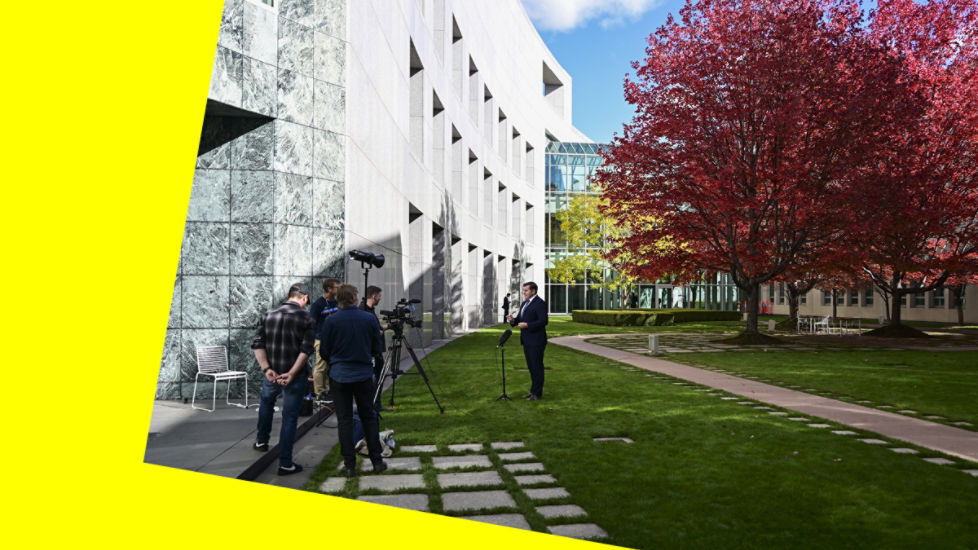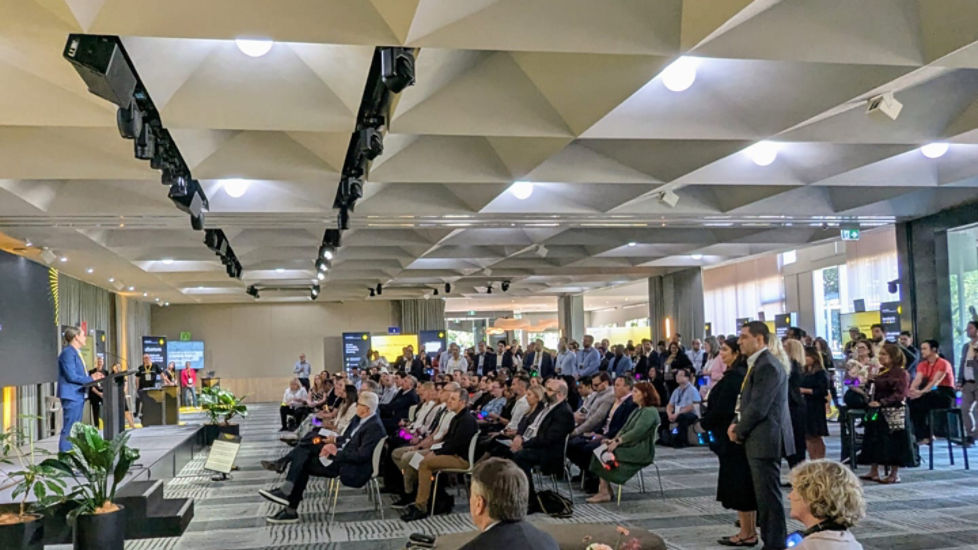Inflation is driving up costs in the hospitality sector just as rising interest rates are driving down consumer spending. The next six to 12 months will be hard to navigate for Australia’s registered clubs and hospitality venues, but economists Stephen Halmarick and Sarah Hunter say an adaptable, nuanced approach could smooth the path.
Halmarick, Commonwealth Bank's Chief Economist and Head of Global Economic & Markets Research, and Hunter, Senior Economist and Partner with KPMG’s Economics & Tax Centre, joined ClubsNSW chief executive Josh Landis at a recent roundtable on the economic outlook for the hospitality industry.
Strong household savings may soften the impact of aggressive rate hikes
Australia’s inflation rate is expected to peak at 7.75%1 in December 2022. To tame that inflation, the RBA has been aggressively lifting the official cash rate, raising it by 175 basis points in just four months from May to August this year.
Climbing inflation and rising interest rates are landing a double hit on consumers’ discretionary spending.
CommBank credit and debit card data2 shows consumer spending peaked in May, immediately before the first rate increase. But spending on eating out and recreation has softened since, and Halmarick expects that trend to continue as interest rates climb, directly affecting clubs, hospitality and entertainment venues
But is the news all bad? Although spending may be softening, it’s coming off “super strong” levels witnessed after lockdowns ended. Many households also have healthy savings accrued during the pandemic.
“As we’re heading into this higher interest rate environment, household balance sheets are actually in pretty good shape,” Halmarick pointed out.
At 3.5%,3 unemployment is also at its lowest rate in 48 years and the Australian economy looks like it may avoid recessionary conditions emerging in other parts of the world.
International arrivals are up but China lockdowns remain a risk
Two major global trends have ramifications for Australia’s club and hospitality venue operators. The first is the uptick in international arrivals to Australia. Hunter said the number of long-term arrivals – people staying for 12 months or more – has risen this year but remain below pre COVID levels.
She said this improvement could ease pressure in the very tight labour market which has left many clubs across Australia unable to find staff. Staff shortages may also ease as summer approaches and working holidaymakers return to our shores.
The second international trend is China’s strict COVID restrictions. Dozens of Chinese cities have been placed into lockdown as authorities try to prevent further spreading of the virus.4 Those restrictions have cut the number of tourists and migrants entering Australia. Halmarick said China’s COVID zero strategy could also drag out supply chain difficulties for longer than they might otherwise last.
Opportunities remain for clubs but it needs the right approach
Despite these challenges, both Halmarick and Hunter agreed there are still opportunities for growth in the clubs and hospitality space. However, businesses should step carefully in tackling inflationary economic conditions.
Many clubs are under pressure from rising food and energy costs and could be considering passing those costs on to consumers. While it may be unavoidable, Halmarick encouraged club operators to be discerning in how they pass on those costs as much of the current pressure on food prices is a temporary result of flooding in NSW and will pass with time.
Halmarick also encouraged clubs to consider which groups of customers will be most affected by interest rate increases. Retirees who have paid off their mortgage, for example, may find themselves with more money as banks lift rates on deposits, while those still paying off their homes will have less to spend.
Meanwhile, clubs worried about labour shortages should put a renewed emphasis on retention and use technology to make workers more efficient and productive. Employers could consider ‘micro credentials’ for their staff: providing workers with short, job-specific training modules that not only lifts their skills but demonstrates they are valued and improves retention. Investing in this type of training is often more cost effective than hiring new staff.
Halmarick suggested using technology, such as QR codes for placing orders, to more efficiently allocate workers to higher value tasks.
CommBank Senior Manager, Hospitality – Business Banking, Peter Kennedy, said while the sector faces challenges, customer experience remains a key point of differentiation.
“Regional tourism and hospitality will continue to benefit from a renewed enthusiasm for domestic travel, with the increased local demand requiring greater thinking around flexible offerings that promote the local area as a destination for accommodation, food and beverage, and recreation.”




